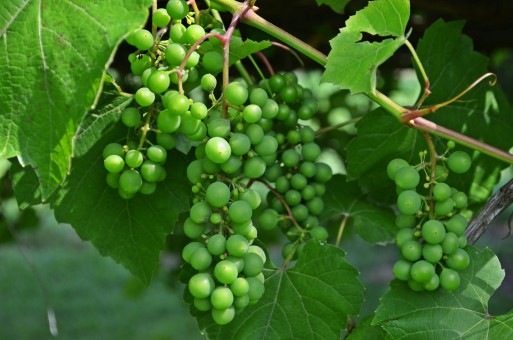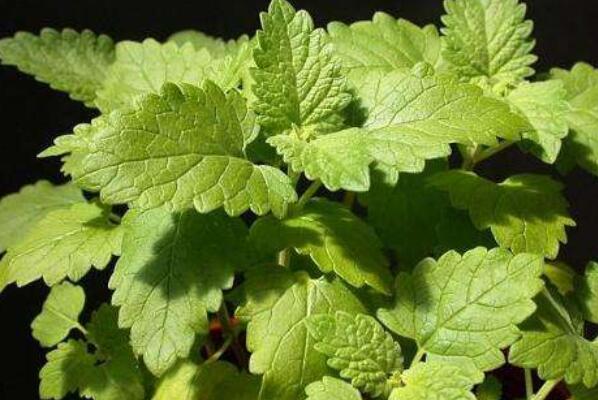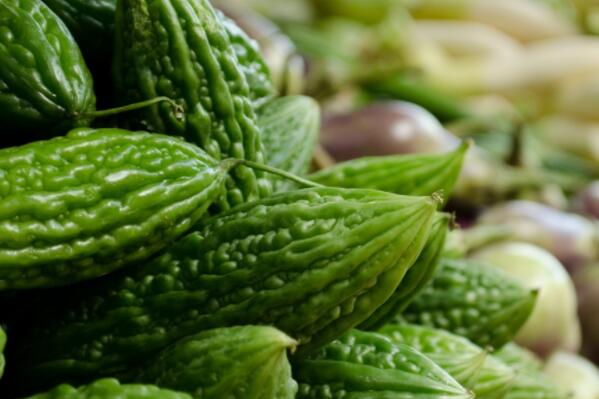How much is the seedling of Schisandra chinensis in Orchidaceae? How to plant high yield?
Schisandra chinensis, also known as Xuanji, Huihe, Wumeizi, Shanzhanjiao, Zhuangwei, Wuwei, pomegranate, is also a kind of Chinese herbal medicine. It is widely planted because of its functions of strengthening physical fitness and protecting the heart. How much is the Schisandra chinensis seedlings? How to plant high yield?

Price of Schisandra chinensis seedlings:
The market price of Schisandra chinensis seedlings varies from 1 yuan to 6 yuan per plant. As the price of seedlings is often affected by the age, origin and quality of seedlings, so there will be a certain degree of difference.
Price of Schisandra chinensis
The price of Schisandra chinensis is about 60-70 yuan per jin, but there are great differences in the prices of different places of origin and quality. Schisandra chinensis is a famous traditional Chinese medicine, which is divided into Schisandra chinensis and Schisandra chinensis. Schisandra chinensis is better than Schisandra chinensis. Its fruit contains Schisandrin, vitamin C, resin, tannin and a small amount of sugars. It has the effects of collecting lung and relieving cough, nourishing astringent essence, relieving diarrhoea and antiperspirant. It is mainly produced in Heilongjiang, Jilin, Liaoning, Inner Mongolia, Hebei, Shanxi, Ningxia, Gansu, Shandong and other places.
Planting techniques:
1. Planting. There are two methods for planting Schisandra chinensis: one is to use natural scaffolds. That is to say, using trees as scaffolds, the tree species selected as natural scaffolds should have smaller leaves and less vigorous growth potential; the second is to use artificial scaffolds. The artificial support can plant Schisandra chinensis seedlings according to the specifications of large row spacing of 1 meter, small row spacing of 60 cm and plant spacing of 50 cm. The row direction is north-south to facilitate ventilation and light transmission.
2. Integrated field management. Schisandra chinensis grows slowly in the seedling stage, so attention should be paid to weeding, loosening the soil and watering properly. After the second year, the support can be used for branch climbing, and attention should be paid to maintaining ventilation and transparent light to promote growth. In addition to applying sufficient base fertilizer at the time of planting, topdressing should be carried out every spring, with 15002500kg of stable manure or compost per mu and 1520kg of superphosphate per mu. In order to regulate plant nutrition and reduce unnecessary nutrient consumption, pruning is also needed. The pruning season is after plant dormancy in winter and before germination in spring. In the method of pruning, except for 3 or 4 coarse branches per plant, the rest were cut off, and the short branches, overdense middle fruit branches and long fruit branches were cut off, so as to increase the ability of ventilation and light transmission and increase the amount of fruit.
3. Pest control. Leaf blight and leaf curl pests are common diseases and insect pests of Schisandra chinensis. Leaf blight at the beginning of the disease from the leaf tip and leaf edge, gradually developed to the whole leaf surface, so that it withered yellow shedding, serious ear shedding, or even no harvest at all. Before or at the initial stage of the disease, 1 ∶ 1 ∶ Bordeaux solution was sprayed once every 7 to 10 days for several times, and leaf rollers caused damage to larvae and caused leaf curls. 50% phoxim EC 1500 times or 50% phoxim EC 1500 times can be used for prevention and treatment. That is, a good control effect can be achieved.
Time: 2019-04-10 Click:
- Prev

Is perennial Schizonepeta tenuifolia cat mint? How much is the seed price per jin? What are the planting techniques? Efficacy work
Schizonepeta tenuifolia, also known as Cardamine, Cardamine, Artemisia annua, Artemisia annua, is a perennial plant of Labiatae and Schizonepeta. So is Schizonepeta tenuifolia cat mint? How much is the seed price per jin? What are the planting techniques? What is the efficacy? Learned from Hubei seed Company
- Next

What is the yield of herbaceous balsam pear per mu? How much is the price of seeds and seedlings? When will it be planted? Method
Balsam pear, also known as leprosy grape, cold gourd, annual climbing weak herbs, native to East India, widely cultivated in the north and south of China. How much is the yield of balsam pear per mu? How much is the seed price per jin? When will it be planted? What are the methods? Learned from the seedling base of Shouguang City, Weifang City.
Related
- Fuxing push coffee new agricultural production and marketing class: lack of small-scale processing plants
- Jujube rice field leisure farm deep ploughing Yilan for five years to create a space for organic food and play
- Nongyu Farm-A trial of organic papaya for brave women with advanced technology
- Four points for attention in the prevention and control of diseases and insect pests of edible fungi
- How to add nutrient solution to Edible Fungi
- Is there any good way to control edible fungus mites?
- Open Inoculation Technology of Edible Fungi
- Is there any clever way to use fertilizer for edible fungus in winter?
- What agents are used to kill the pathogens of edible fungi in the mushroom shed?
- Rapid drying of Edible Fungi

